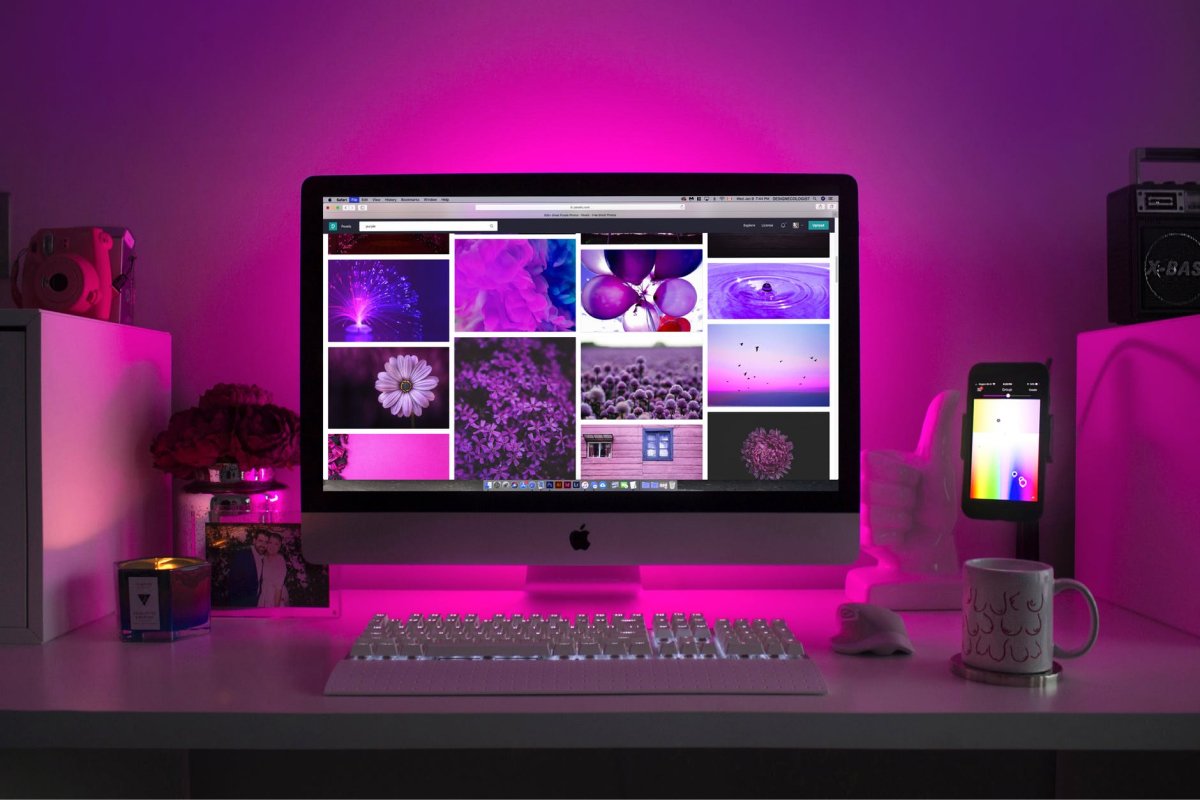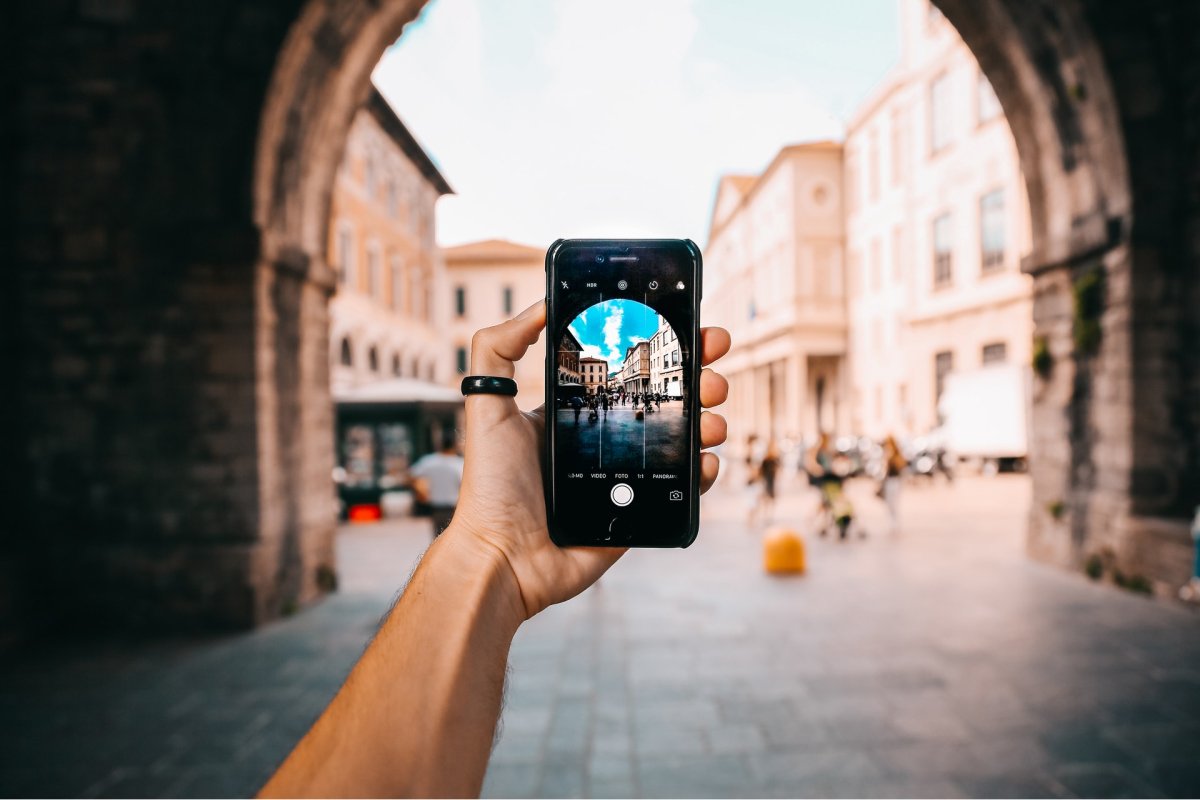Is it possible to find a happy medium between usability, longevity, and price point? That’s exactly the concept we are going to tackle today: the idea that apps and other products can and, we would argue, should have an impeccable design, even if they aren’t high end. We think that good design should be for all, not just those who are able to pay high sticker prices. And below, we will discuss several ways that designers are bringing the best designs to the masses.
How Apple Provides Design Luxury Across Price Points
Apple has always created luxury products that not only work well, but they look good while doing it. However, it has become abundantly clear that they can only sell so many $1,000+ iPhones. Not everyone will want to upgrade each year. And even if Android users convert over to iOS in major markets, many markets in the United States and abroad will be priced out.
As we explained in our comprehensive history of the iPhone, the iPhone 5c released in 2013 was an answer to price sensitivity across markets. It came at a lower price, but still had the powerful iOS and high-quality camera. Sure, these iPhones had candy-coated plastic backing, compared to the sleek metal for the 5S, but it still enabled the iPhone users to have very similar experiences.
Over time the iPhone screens grew and grew (the newest iPhone 11 Pro Max has a screen height of 6.22 inches and a width of 3.06 inches), but there was still a market for smaller iPhones. So they introduced the high-powered but considerably smaller iPhone SE in March 2016. All signs are currently pointing toward a revamped SE coming from Apple later this year that will also come at a lower price point than the headline phones they release each fall.
Apple has learned over time to provide products that can appeal to different budgets while never compromising on design. The inner workings of their iPhones, operating system, UX, etc., have always upheld their extraordinarily high standards. And we think that other companies should get on board with producing a good design that appeals to more sections of the market.
Good Design Isn’t Always Cheap
What about when it comes to apps? We all want a seamless experience and (hopefully!) stellar app design, but how many mobile consumers are willing to pay for this?
In the early days of the iOS and Google Play app stores, you may have noticed that having one-time download costs of $0.99 and up was fairly common. However, as smartphones skyrocketed in popularity, free apps flourished. Paid apps were forced to change their pricing model to stay relevant or suffer a dip in downloads.
While a one-time sticker price might have been a good revenue model at the outset, the increase in competition and mobile users required a new way of approaching mobile app monetization. Mobile advertising, in-app purchases, and subscriptions emerged as especially effective ways to monetize apps that kept the revenue flowing over the time period that users made use of the app.
Good design doesn’t happen when resources are overly constrained, so these new monetization methods were essential to get us to where mobile app design is today. We would argue that these new monetization methods were a necessary factor to usher in the golden age of mobile app design in which good design became more and more accessible.
Why Good Design Matters in 2020
Previously we’ve discussed the principles of good design. In that article, we suggested that good design is simple, nimble, useful, mindful, worth sharing, and more. Even beyond the mobile app realm, everyone should have access to products that meet the criteria in the previous sentence.

One aspect of good design that we often come back to is minimalism. The New Yorker’s Jia Tolentino opines that “Less is more attractive when you’ve got a lot of money, and minimalism is easily transformed from a philosophy of intentional restraint into an aesthetic language through which to assert a form of walled-off luxury,” but luckily mobile apps are a space in which everyone can gain access to sleek features that intend to delight. While what some have called “the new minimalism” is a bit fraught with undertones of privilege, it doesn’t have to be that way in mobile app design. There are a number of recent innovations within the mobile app design community that help good design reach more people.
“Lite” Apps Take Good Design Further
Over the past few years, mobile app developers have been rethinking how they create apps to broaden the appeal and improve download conversions. One of the solutions they came across was creating “lite” versions of their apps. This wraps up all the important features and functionalities of apps we know and love but can be downloaded faster and use less data during app sessions. For example, Facebook has a lite version of their app that offers an excellent experience, yet only takes up only 2MB of space.
These lite apps can run on lower-powered or older smartphones that might not support the larger, original version of the app. This is just one way that app developers are bringing good design to more parts of the world. It’s essential to recognize that your app may not be “one size fits all.” Instead, it might take some ingenuity and specific catering to certain parts of the market to find a new way to provide a positive app experience across devices and regions.
Good Design Enters the Mainstream
In many ways, good design is becoming more and more accessible. And we firmly believe that this is a positive direction for the discipline to be moving in. After all, with the advent of the internet, anyone with a connection can do a quick search to find out what features and functionalities are available. Once you consider the sheer volume of products in the app stores, on Amazon, and beyond, it’s clear that consumers have more options than ever, and this increases their opportunities to enjoy well-designed products significantly.
So what is a designer’s role in making sure good design continues to make its way into the hands of every consumer?
Be Hyper-Focused on Usability
The age-old discussion of form versus function isn’t going to end anytime soon. But good design is focused on function and (with any luck) is also visually stunning at the same time. The key question that all mobile app designers should ask themselves when working on a new app is: how can I help my users accomplish their goals in less time?
Take a new food delivery app, for example. A designer will need to figure out how to help hungry users choose a restaurant, pick out dishes, and save their payment information within a reasonable number of taps on their smartphone screen. A good design will have rich images, load quickly, and have a logical layout. The app doesn’t have to be gold plated to be luxurious, instead, it just needs to work exceptionally well in order to give users a positive experience that will keep them coming back.
Work Design Principles into Each and Every Project
Some projects have tight budgets. But even during those times when funds are low, there’s no need to skimp on the design fundamentals. After all, if you’ll be seeking outside funding at some point or will oversee the app over time, doing it right the first time is worth all of the effort you’ll put in on the front end. There is nothing quite as bad in the design world than rushing to build an app and then having to spend double that time fixing mistakes that inevitably happened in the rushed first version. Your time is valuable, so making the highest quality product the first time around is the only way to go.
Final Thoughts
In the end, we strongly believe that all people deserve well-designed products. And from our vantage point where we interact with inspiring mobile app designers and developers each day, we are certain it is possible to provide this. Good design doesn’t have to cost a lot—or anything at all. Sometimes the most straightforward designs are the most effective, and this is a luxury in and of itself.
How do you make good design more accessible? Let us know by tweeting us @Protoio.
Proto.io lets anyone build mobile app prototypes that feel real. No coding or design skills required. Bring your ideas to life quickly! Sign up for a free 15-day trial of Proto.io today and get started on your next mobile app design.








